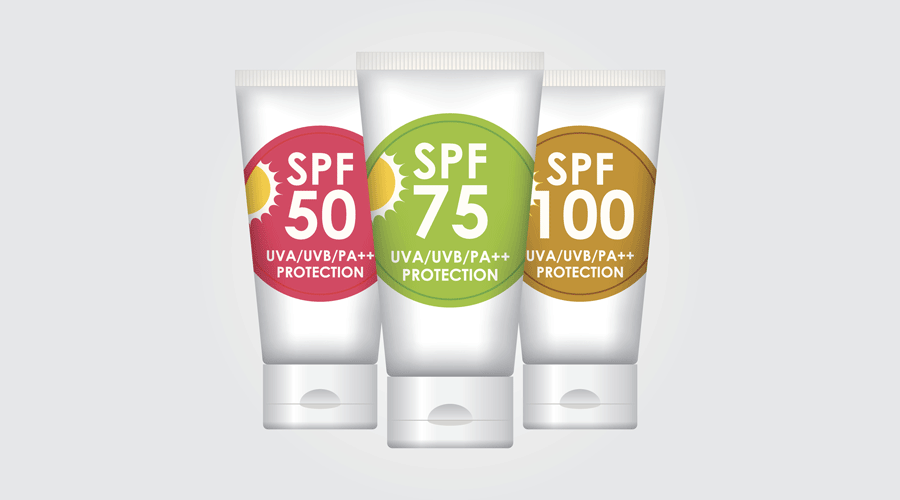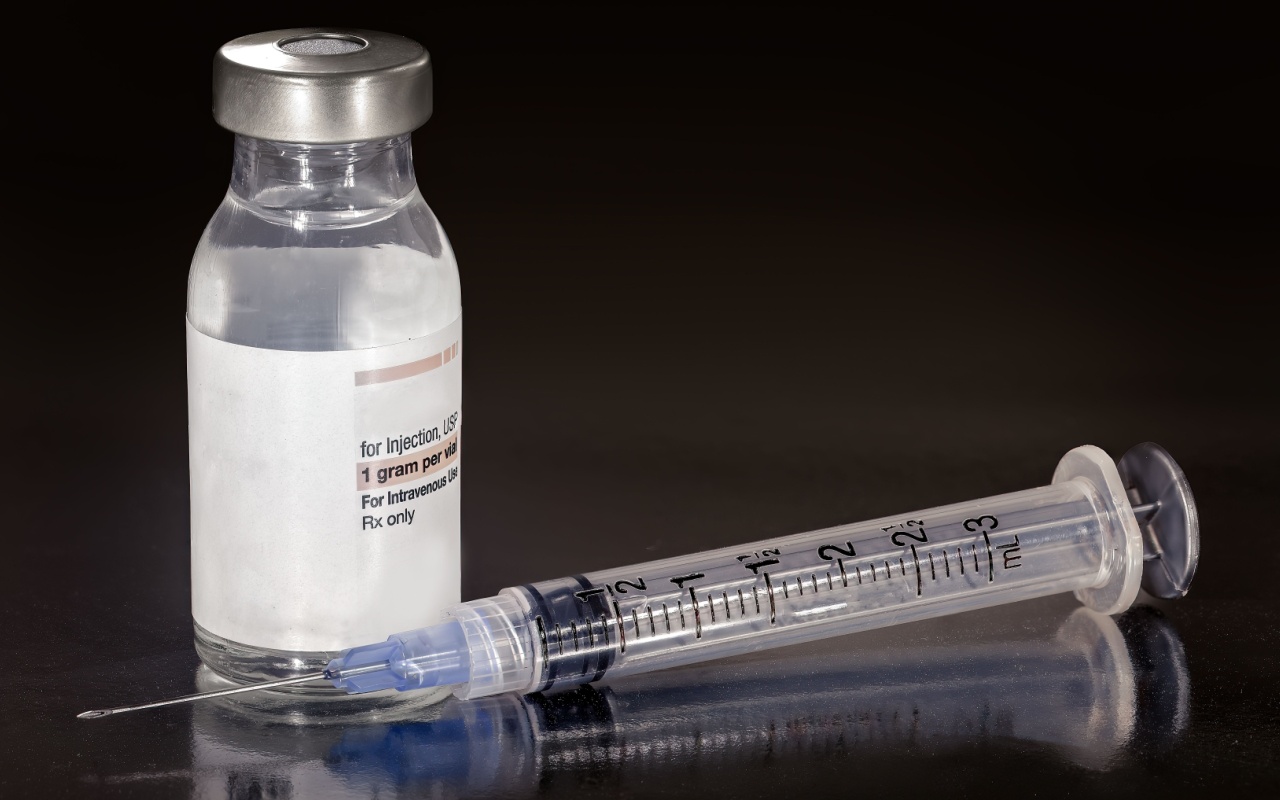When patients visit your pharmacy, are they overwhelmed by the number of sun care products available?
Are you constantly bombarded with questions about the differences between each one, but don’t have the answers?
It’s important to understand the types of sunscreen your pharmacy carries so you can recommend the best formula for the patient.
Here’s what pharmacists, pharmacy techs and front-end clerks need to know to help patients choose the right sunscreens this summer.
What to know: There are 3 types of sunscreen
Sunscreens differ based on their ingredients and the way they protect skin from harmful radiation. Here are the three types.
1. Physical
Also known as mineral sunscreens, physical sunscreens contain minerals such as zinc oxide or titanium dioxide. The minerals reflect the sun’s rays before they can penetrate the layers of the skin.
In other words, physical sunscreens create a physical barrier between the sun and your skin.
Physical sunscreens are typically thicker in consistency and patients need to apply them carefully to ensure full coverage of exposed skin.
2. Chemical
Chemical sunscreens contain organic compounds, including avobenzone, octinoxate, oxybenzone, homosalate, octrocrylene and octisalate. These compounds convert radiation into heat, which is then released from the skin.
In other words, chemical sunscreens prevent skin damage by absorbing UV radiation.
Chemical sunscreens are often oil-based, and they require frequent re-application.
3. Broad-spectrum
Broad-spectrum sunscreens usually contain ingredients found in physical and chemical sunscreens, and they protect against both UVA and UVB rays.
These sunscreens are often recommended due to their ability to protect the skin from both types of harmful rays.
What to know: Every patient is different
You’re probably wondering why you wouldn’t just recommend broad-spectrum sunscreens to all patients, since it seems like the most protective option.
But your patients’ skin types and lifestyles vary, and some may require a specific type of sunscreen.
Make sure you offer physical, chemical and broad-spectrum sunscreens in the form of lotions, oils, sprays, foams and sticks in your pharmacy’s front end. And, pay attention to the different benefits each sunscreen you stock offers.
Here are some common buzzwords patients look for when choosing a sunscreen:
- Sensitive skin
- Acne-prone
- Anti-aging
- Dermatologist tested
- Children/babies
- Water resistant
- Sport
- Moisturizing
- Non-greasy
- Lightweight
- Natural
- Insect repellent
What to know: Patient education is key
Because many patients don’t understand the differences between sunscreens—they only rely on those buzzwords—it’s important to educate them.
Create a sunscreen end cap that separates sunscreens by type. Include a sign that explains the differences between physical, chemical and broad-spectrum sunscreens.
You should also keep brochures that stress the importance of using the right sunscreen and include an overview of the different options.
And, as always, have a pharmacist available who is knowledgeable about sunscreen to talk to patients about their needs and recommend the best sun care product for them.
Your pharmacy can make patients feel confident about choosing the right sun care products this summer.
Want more pharmacy business tips and advice? Sign up for our e-newsletter.












